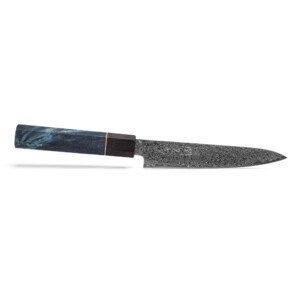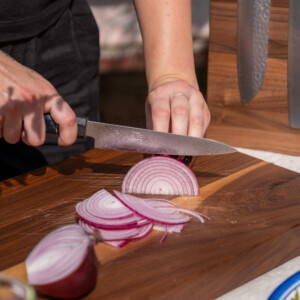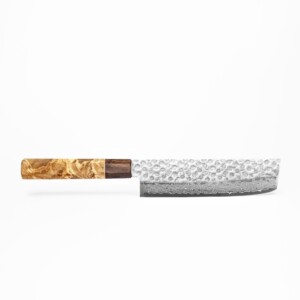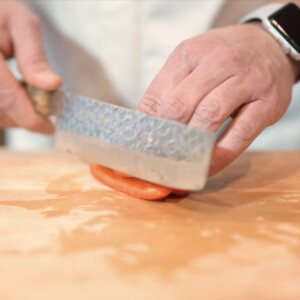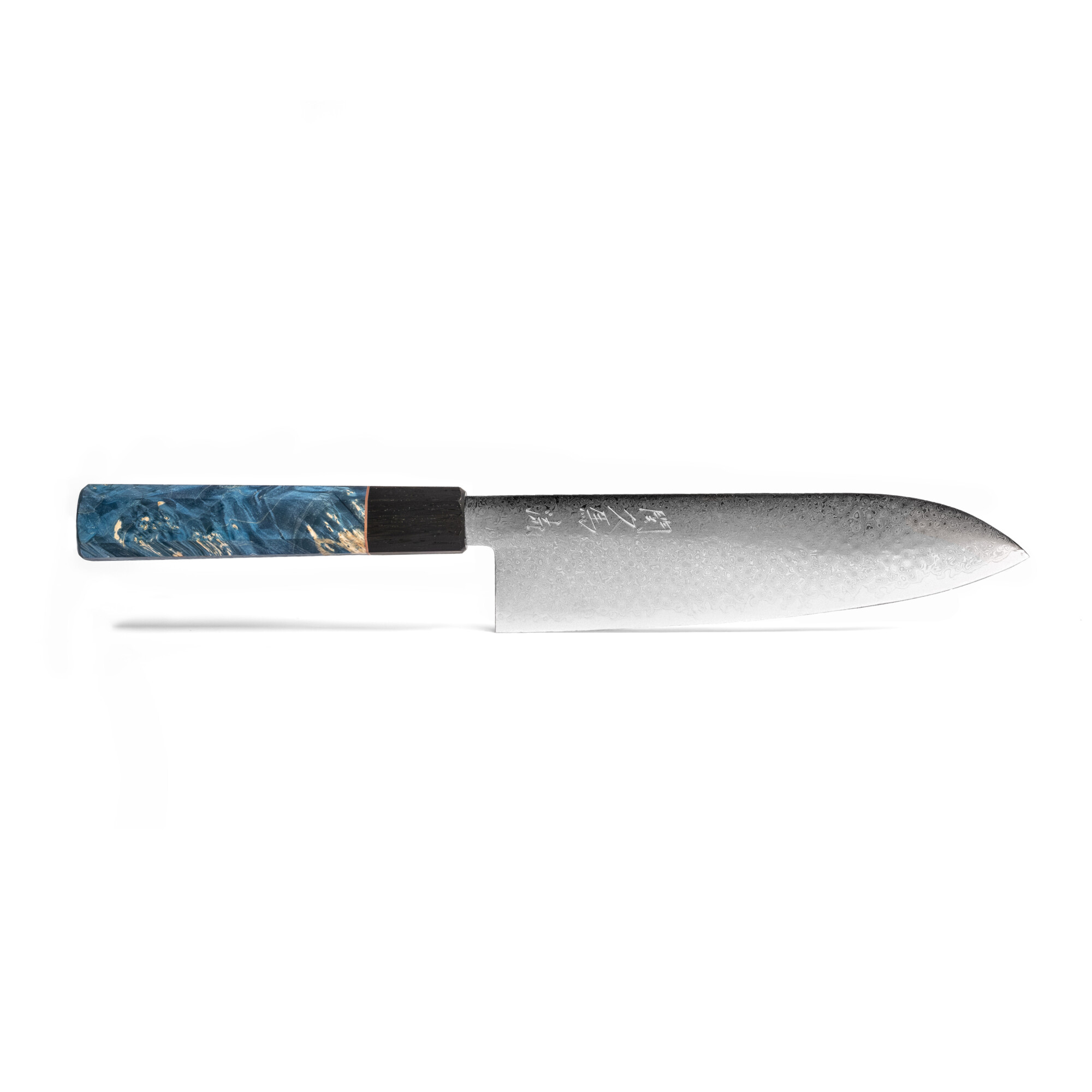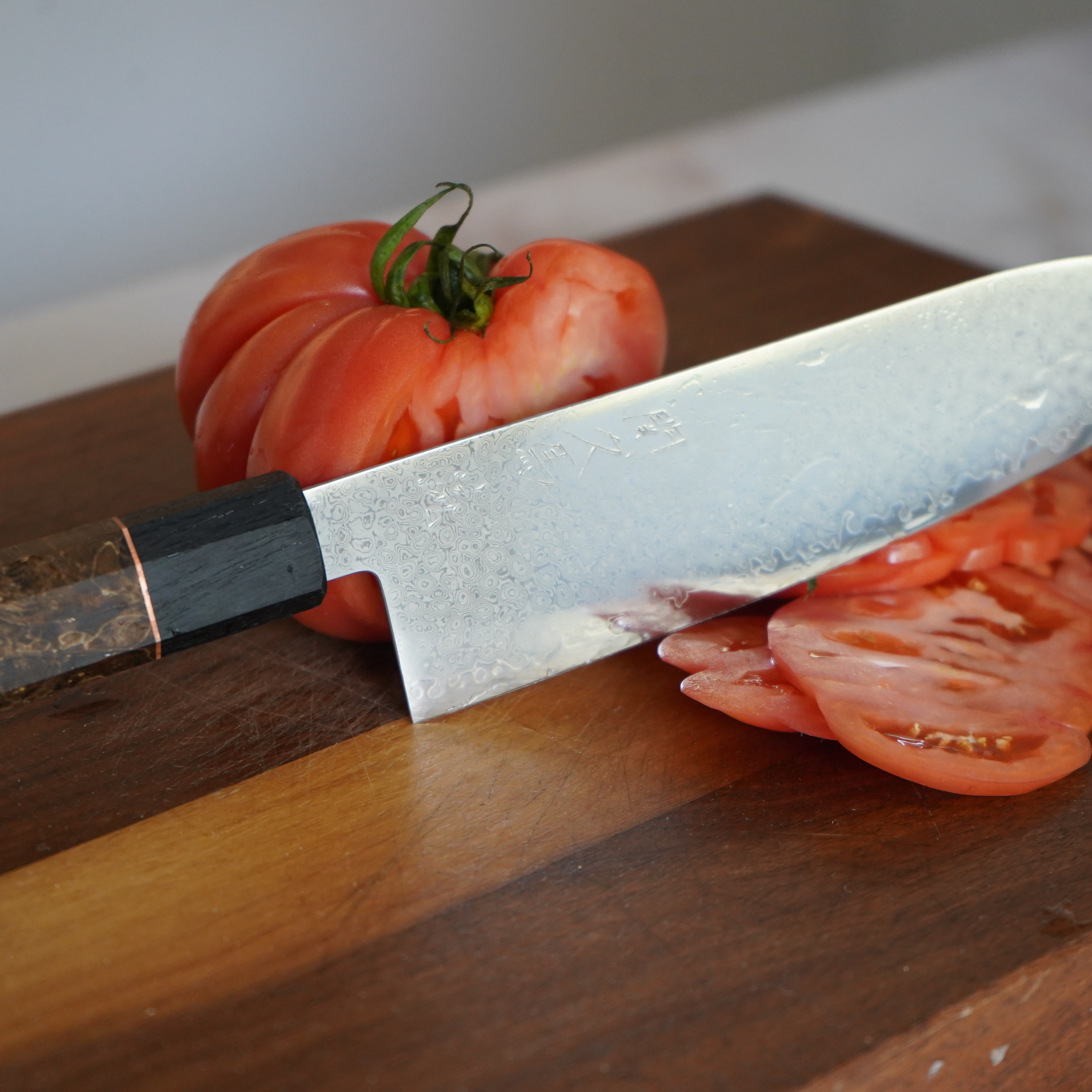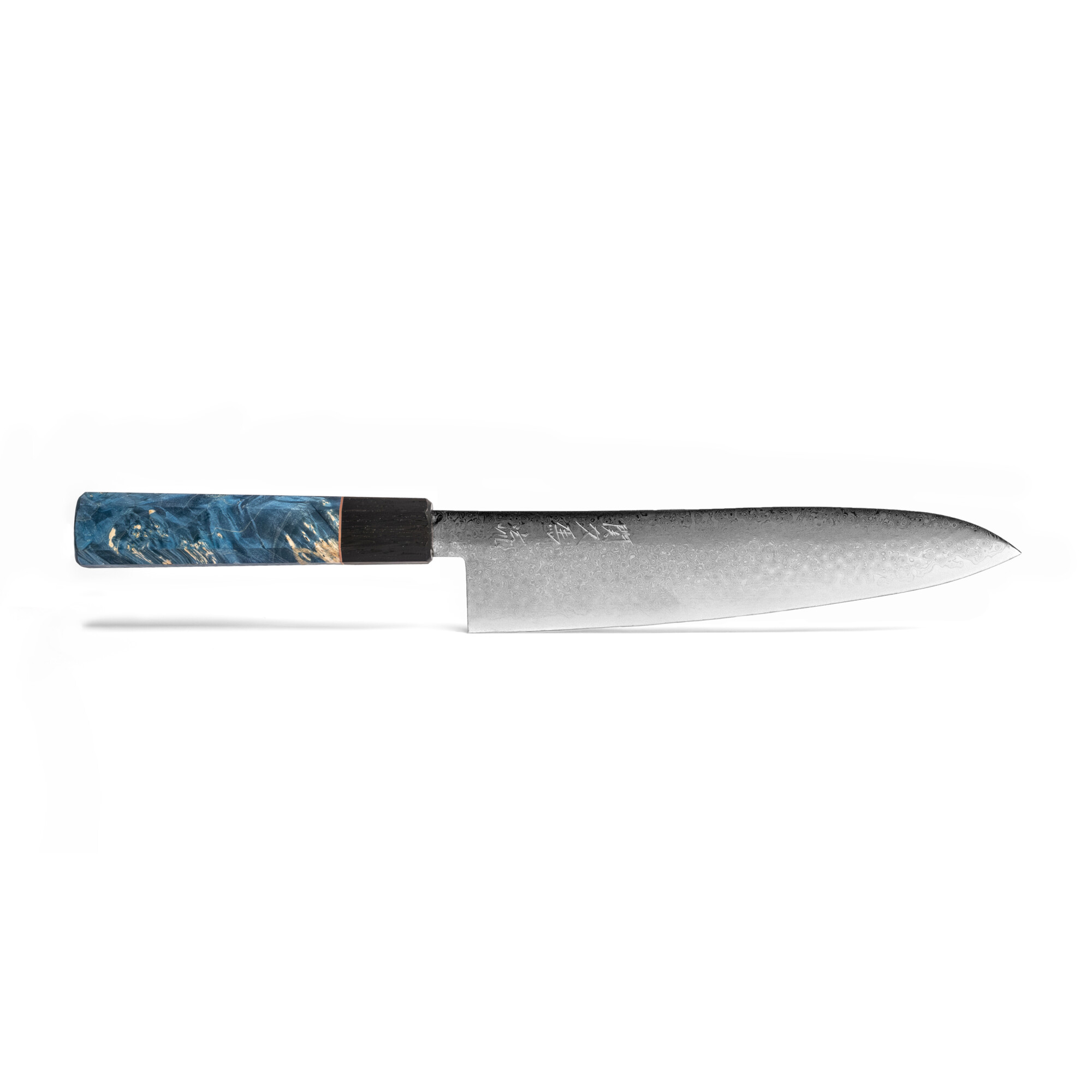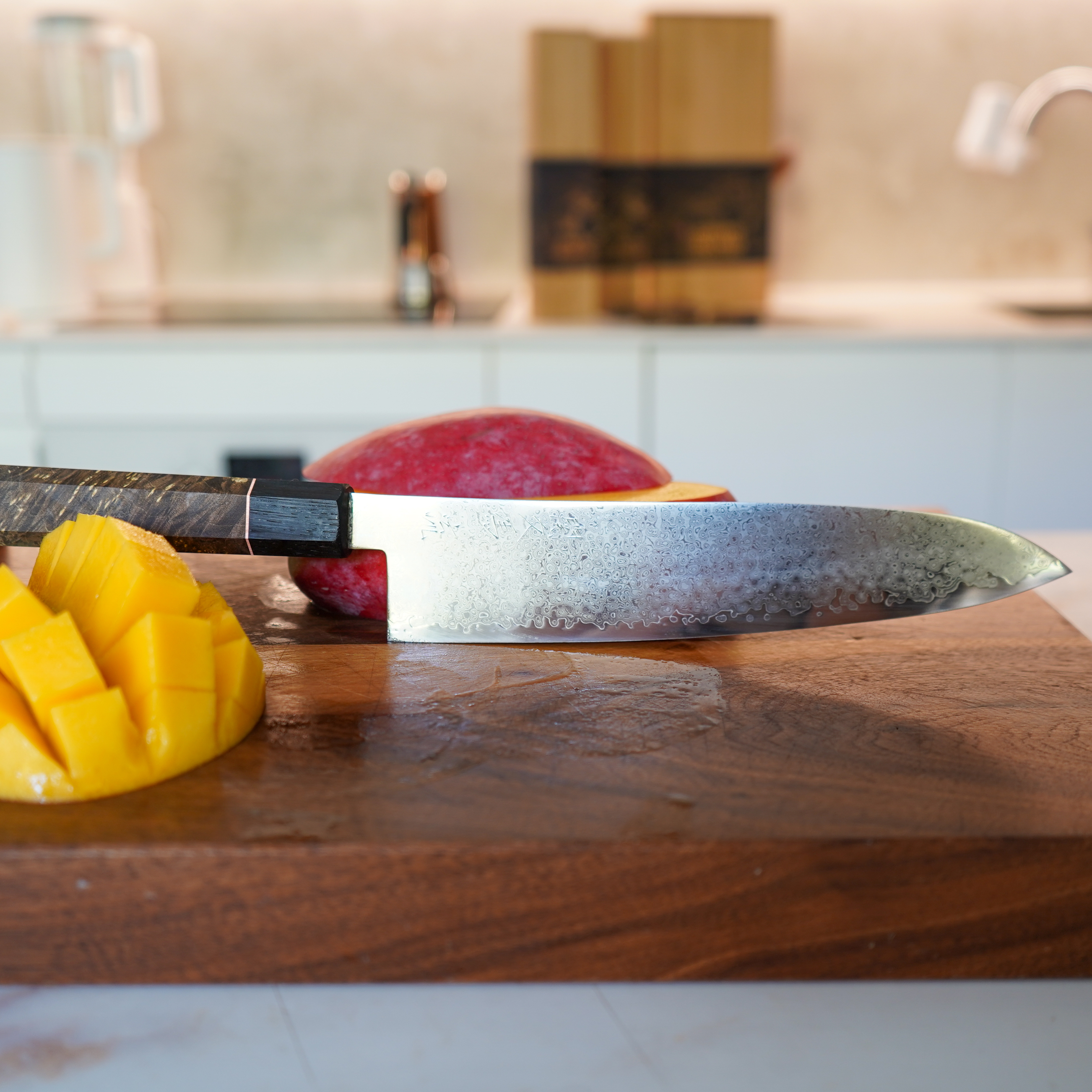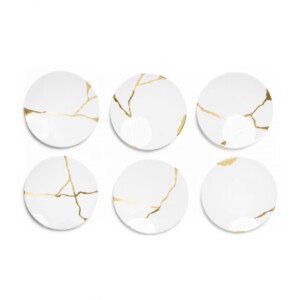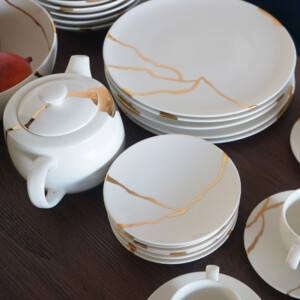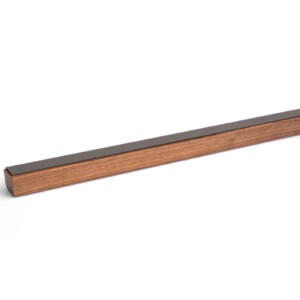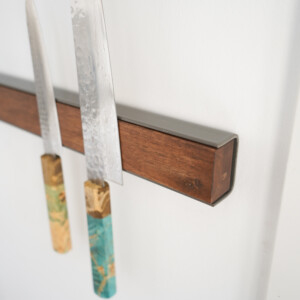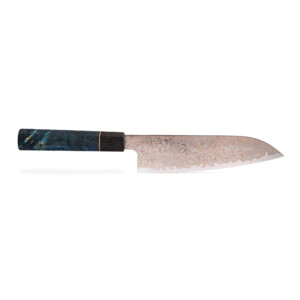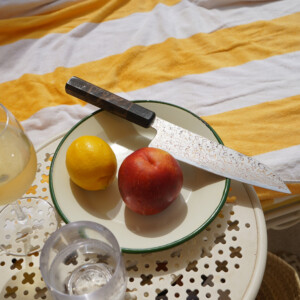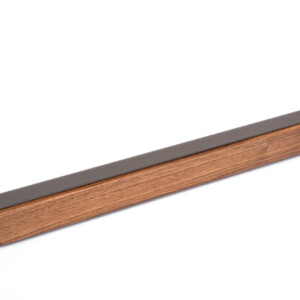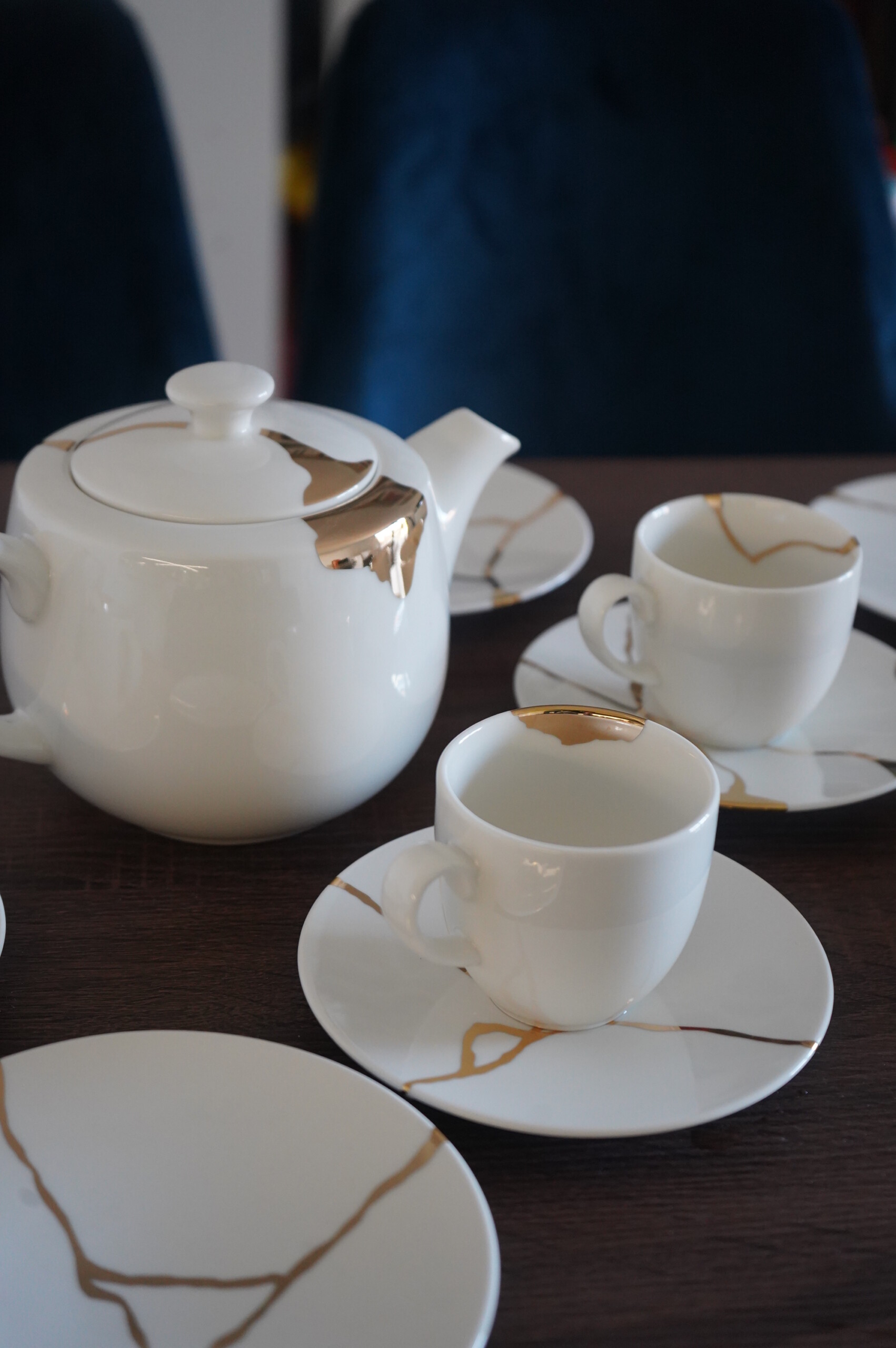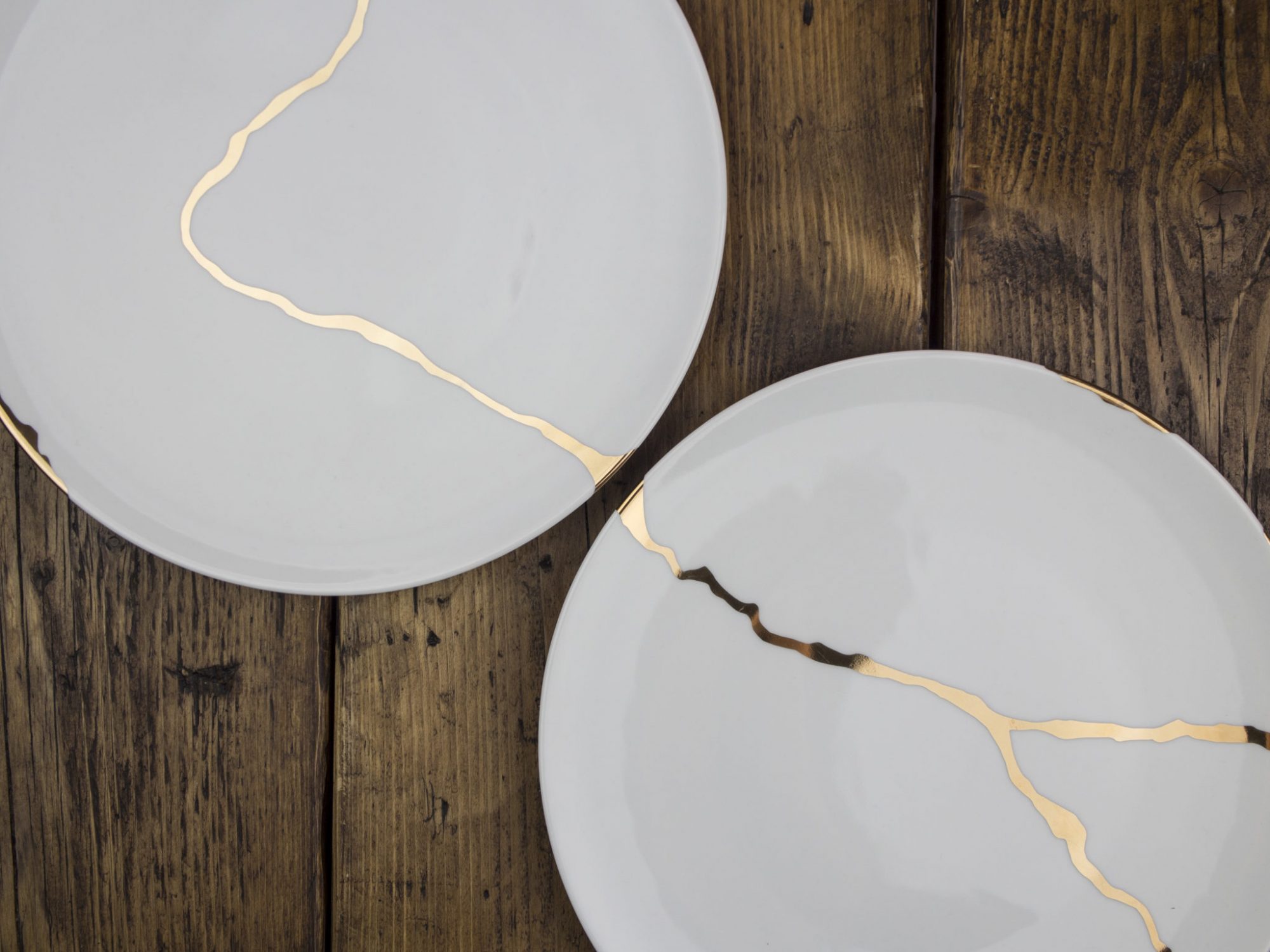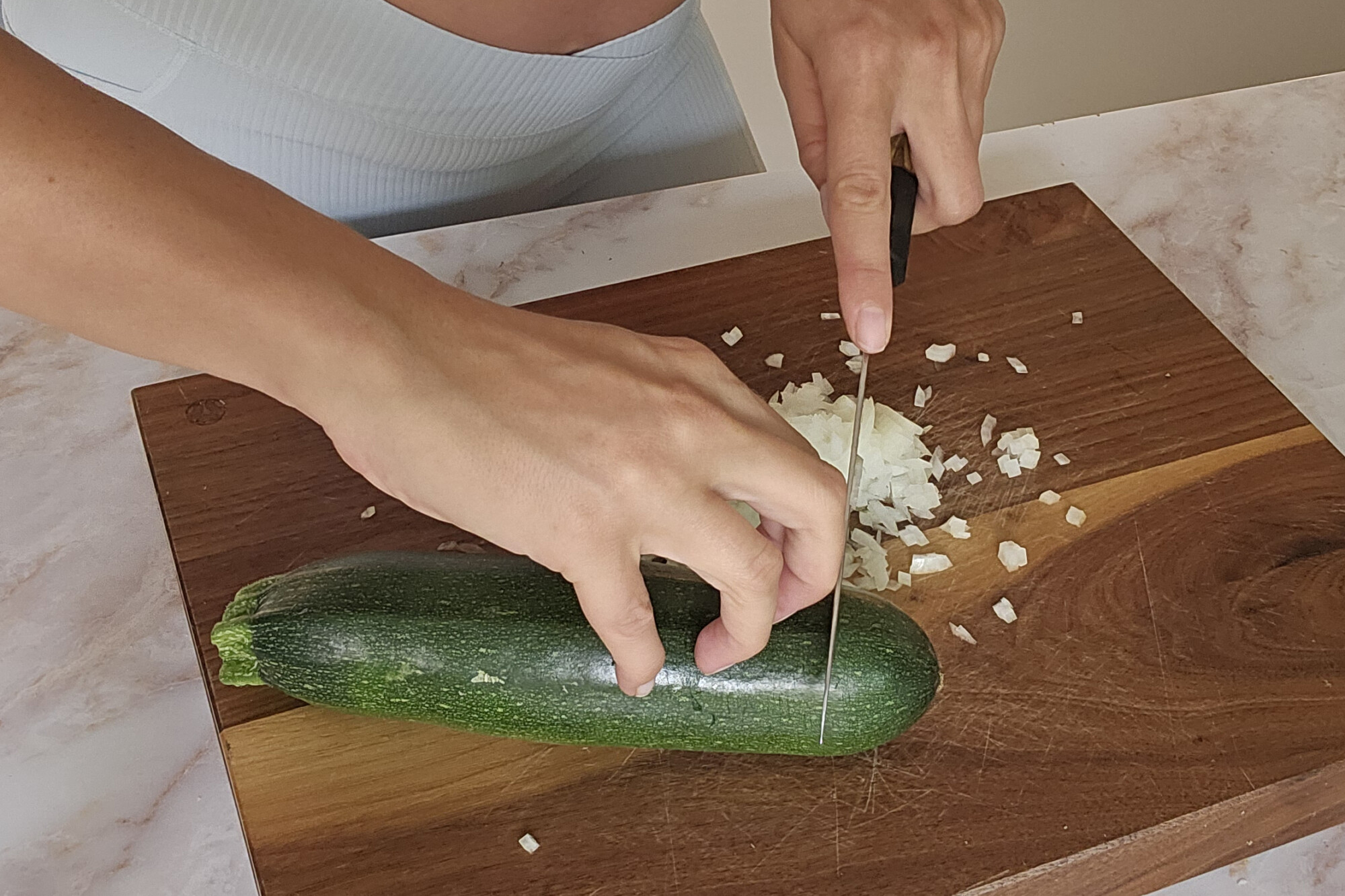In the realm of knife maintenance, understanding the differences between honing and sharpening stones is crucial for maintaining the longevity and performance of your prized blades. At Oishya, a Japanese knife shop that celebrates the art of knife-making and Japanese culinary traditions, we delve into the distinctive roles of honing and sharpening stones, unraveling their unique purposes and benefits.
Honing is used for edge straightening
Honing Stones: Fine-Tuning the Blade’s Edge Honing is akin to the gentle art of fine-tuning. A honing stone, typically a steel rod or ceramic rod, serves as the tool of choice for this process. The primary objective of honing is to realign the microscopic folds and bends that form along the knife’s edge with regular use. Contrary to popular belief, honing does not actually sharpen the blade by removing metal. Instead, it imparts a straight and aligned edge, revitalising the knife’s sharpness and precision.
The honing process is simple but effective. With the blade held at a slight angle, the honing rod is smoothly glided along the edge in a controlled manner. This motion helps to nudge the blade’s edge back into proper alignment, ensuring optimal cutting performance. Honing is recommended for regular maintenance, ideally before or after each use, to maintain the knife’s keenness between sharpening.
Whetstones are used for sharpening and polishing
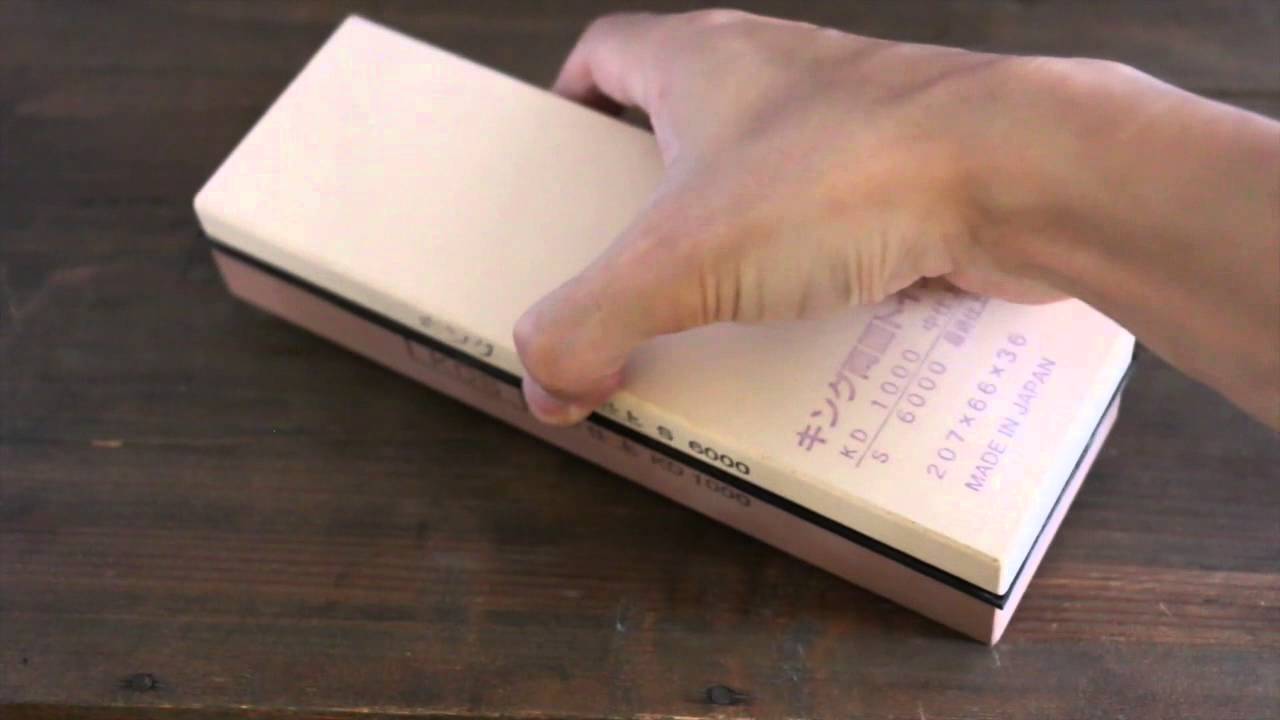
Sharpening Stones: Restoring the Blade’s Cutting Power Sharpening, on the other hand, breathes new life into a dulled or damaged blade. Sharpening stones, also known as whetstones, are employed in this transformative process. These stones come in various grits, ranging from coarse to fine, allowing for a tailored approach to sharpening based on the blade’s condition.
Coarse-grit sharpening stones are ideal for repairing chips, reshaping damaged edges, or restoring blunt knives. This initial stage of sharpening involves removing metal from the blade, precisely reshaping the edge to achieve the desired bevel angle. As the sharpening process progresses, finer-grit stones refine the edge, creating a polished finish that yields exceptional sharpness and cutting prowess.
Unlike honing, sharpening is not a routine task and requires less frequency. The need for sharpening arises when a knife no longer responds to honing or exhibits signs of significant dullness. However, it is essential to approach sharpening with care, as excessive material removal can reduce the blade’s lifespan.
Harmony in Knife Maintenance: To ensure the harmonious maintenance of your cherished blades, a combination of honing and sharpening is vital. Honing serves as the intermediary maintenance step, allowing for regular upkeep and preservation of the knife’s edge. Regular honing maintains the blade’s alignment, optimizing its performance for longer durations.
Sharpening, on the other hand, should be reserved for when the knife demands a more substantial restoration of its cutting power. By skillfully utilizing sharpening stones, one can revive the blade’s sharpness, revealing its full potential.
Conclusion: In the world of knife maintenance, honing and sharpening stones each have a unique role to play. Honing stones delicately realign the edge, ensuring ongoing precision and sharpness. On the other hand, sharpening stones breathe new life into dulled blades, restoring their cutting power through the careful removal of metal and the creation of a razor-sharp edge.
At Oishya, we celebrate the artistry of Japanese knife-making and the significance of proper knife maintenance. Embracing the beauty of honing and sharpening stones allows us to cultivate a lasting relationship with our blades, ensuring they remain reliable companions in our culinary journeys. By understanding the distinctive purposes of these stones, we can unlock the true










